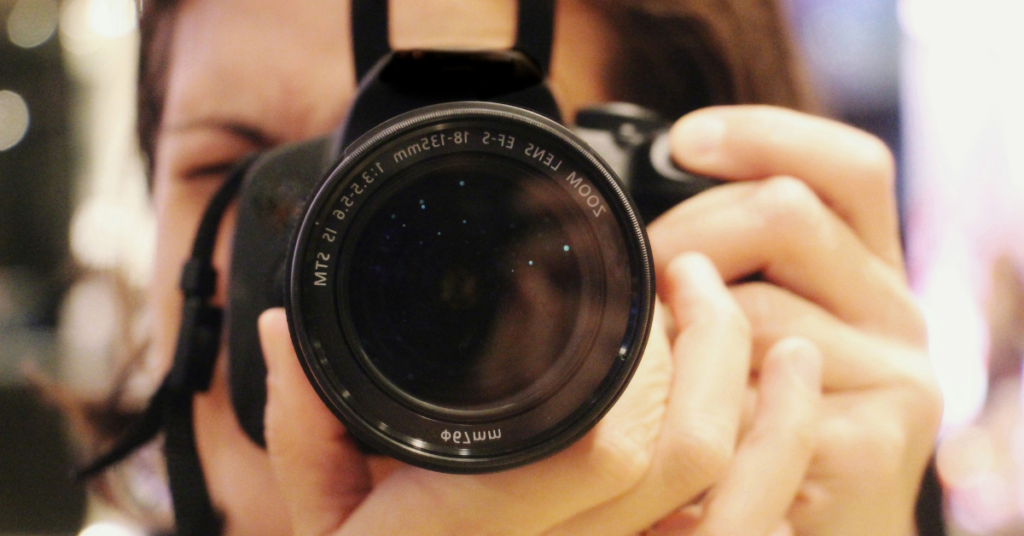Photography is the art of creating images by capturing light. It can be done either with a digital camera or an analogue camera, and the resulting images are known as photographs. There are many different types of photography, such as landscape, portrait, street, photojournalism, sports, still life, and product photography. Each type of photography has its own set of techniques and equipment.
As a beginner, you may be wondering where to start. This guide will introduce you to the basics of photography, including camera types, lenses, exposure, lighting, and composition. By the end of this guide, you should have a good understanding of how to take great photographs.
CAMERA TYPES
There are two main types of cameras: digital and analogue.
Digital cameras use a digital sensor to capture images, which are then stored on a memory card. Digital cameras are easy to use and offer many features, such as the ability to take multiple shots in quick succession (known as burst mode) and to edit and share images on social media.
Analogue cameras use film to capture images, which are then developed in a darkroom or sent to a lab for printing. Analogue cameras require more patience and skill than digital cameras, but many photographers prefer the quality of analogue photographs.
LENSES
A camera lens is a piece of glass that captures light and projects it onto the sensor. Lenses come in different shapes and sizes, and each one produces a different effect on the final image.
The three most common types of lenses are prime lenses, zoom lenses, and wide-angle lenses.
- Prime lenses have a fixed focal length, which means they can’t zoom in or out. Prime lenses are often smaller and lighter than zoom lenses, and they typically have a wider aperture, which allows more light to enter the camera and results in a sharper image.
- Zoom lenses have a variable focal length, which means they can be used for both close-up and wide-angle shots. Zoom lenses are larger and heavier than prime lenses, but they offer more flexibility.
- Wide-angle lenses have a wide field of view, which is ideal for landscape photography. Wide-angle lenses are often used in conjunction with a tripod to keep the camera steady.
EXPOSURE
Exposure is the amount of light that enters the camera and hits the sensor. It can be controlled by three factors: aperture, shutter speed, and ISO.
- Aperture is the size of the opening in the lens through which light enters the camera. A wider aperture (larger opening) lets in more light, while a narrower aperture (smaller opening) lets in less light.
- Shutter speed is the amount of time that the shutter is open, and it determines how long the sensor is exposed to light. A slower shutter speed lets in more light but results in a blurrier image, while a faster shutter speed lets in less light but results in a sharper image.
- ISO is the sensitivity of the sensor to light. A higher ISO results in a brighter image but also introduces more noise (graininess). A lower ISO produces a darker image but with less noise.
How to slow down a timelapse video
There are three types of lighting: natural, artificial, and flash.
Natural light is the light from the sun. It is the best type of light for photography because it is soft and evenly distributed. However, natural light can be hard to control, so it is important to know how to use it to your advantage. Artificial light is light from lamps, light bulbs, and other man-made sources. It can be harsh and unforgiving, but it can also be used to create interesting effects. Flash is a burst of artificial light that is used to illuminate a subject. Flash photography can be tricky, but it can also produce stunning results.


More Stories
Pinpoint Precision: Navigating Geolocation App Development
Essay Writing Services: An Effective Solution for Students
Under the Vegas Stars: Your Guide to Vegas Star Casino